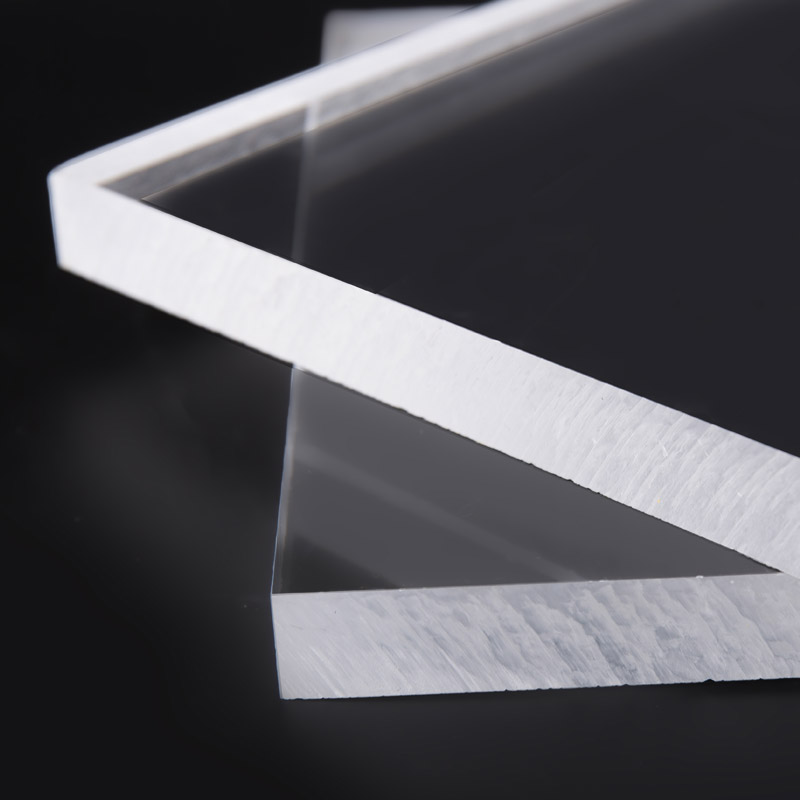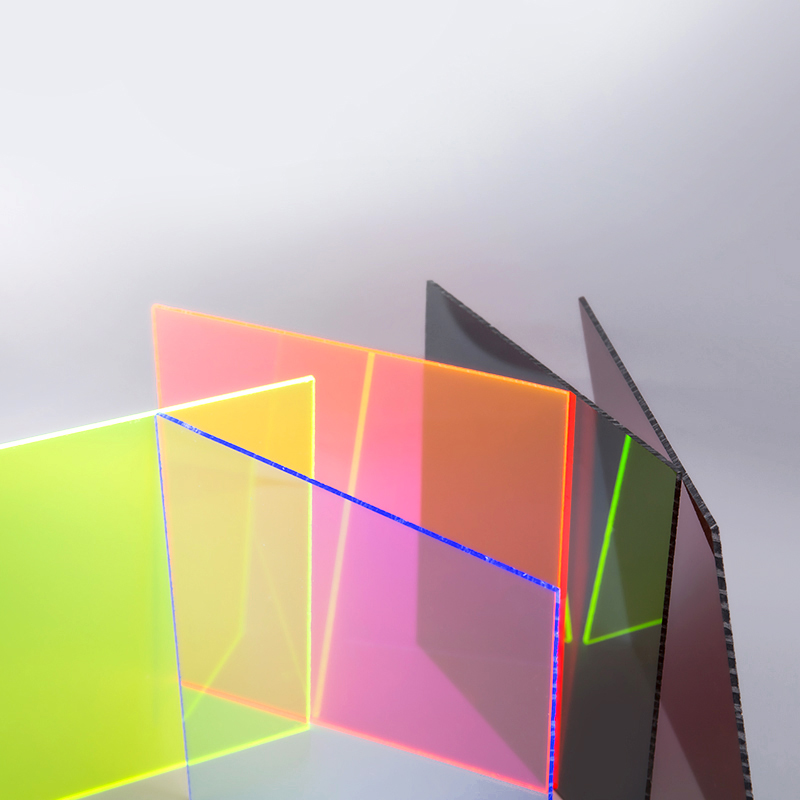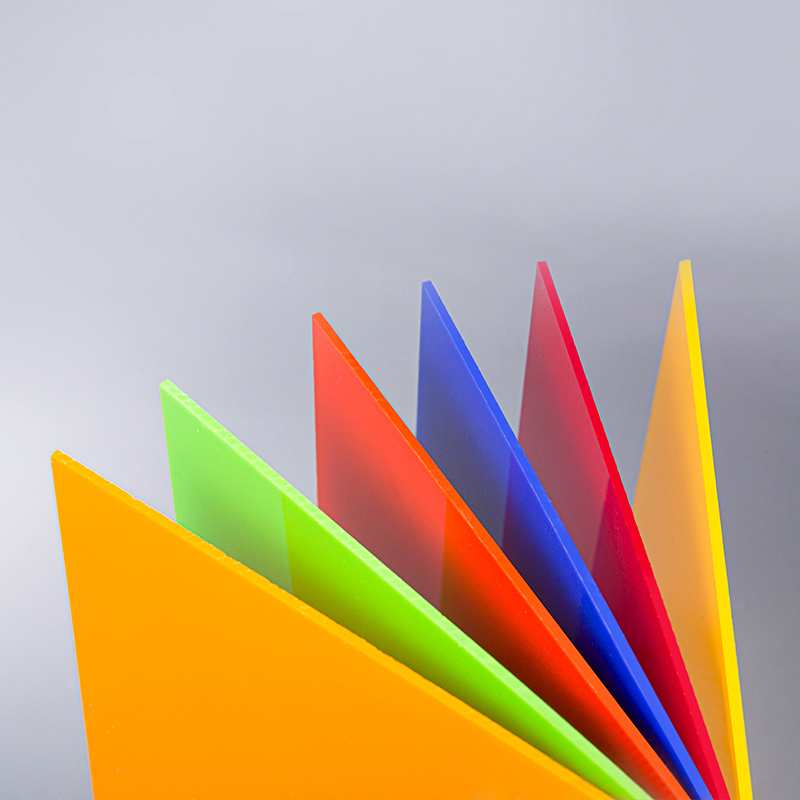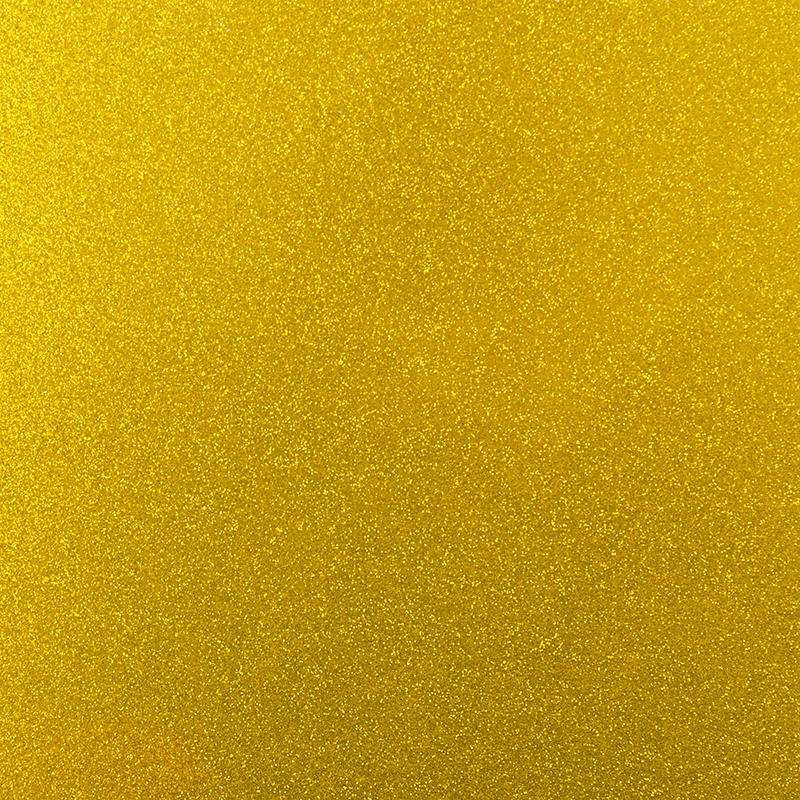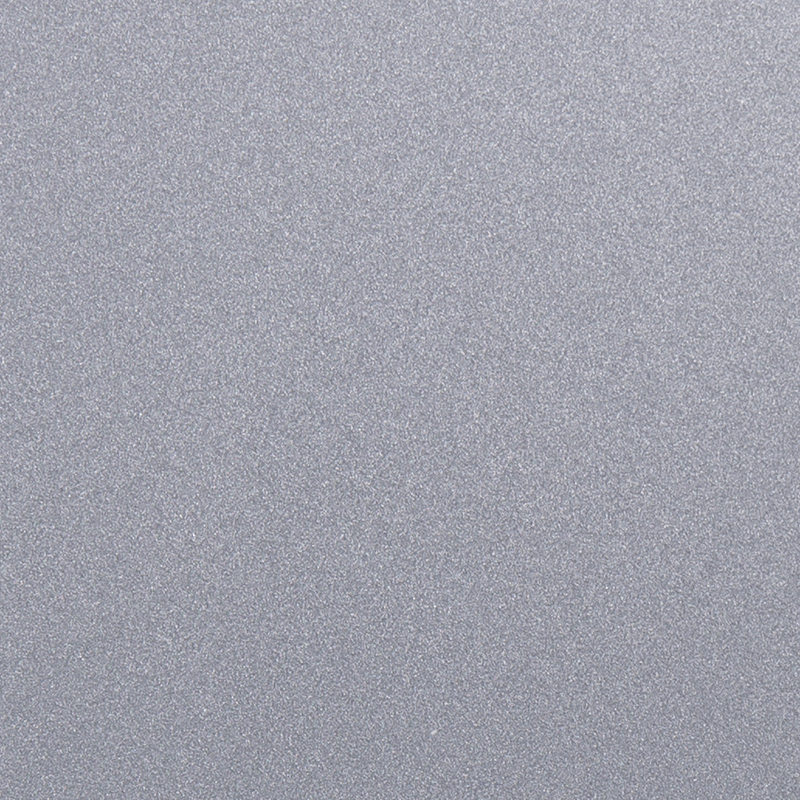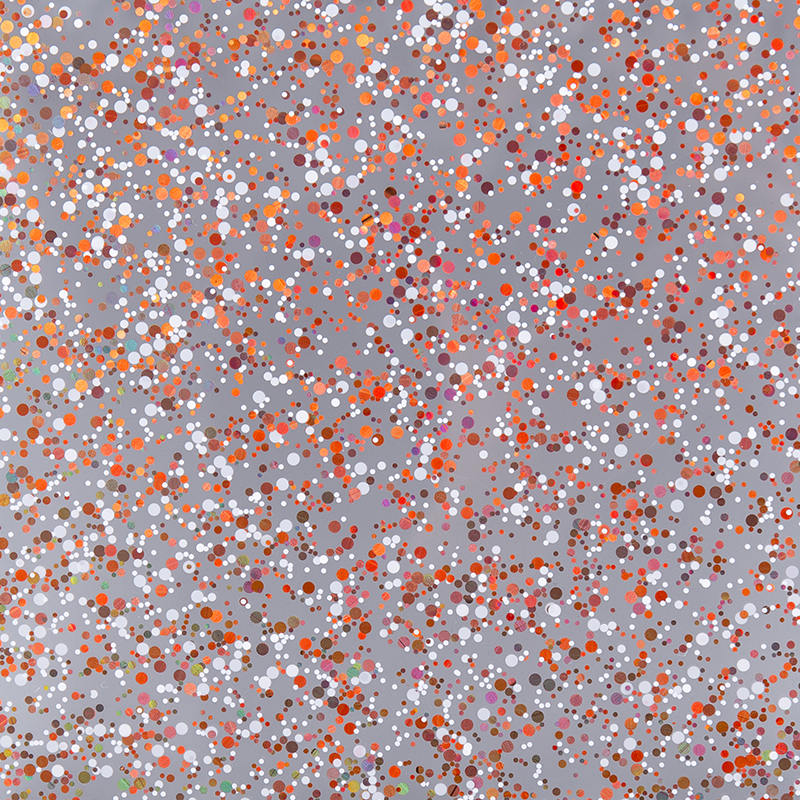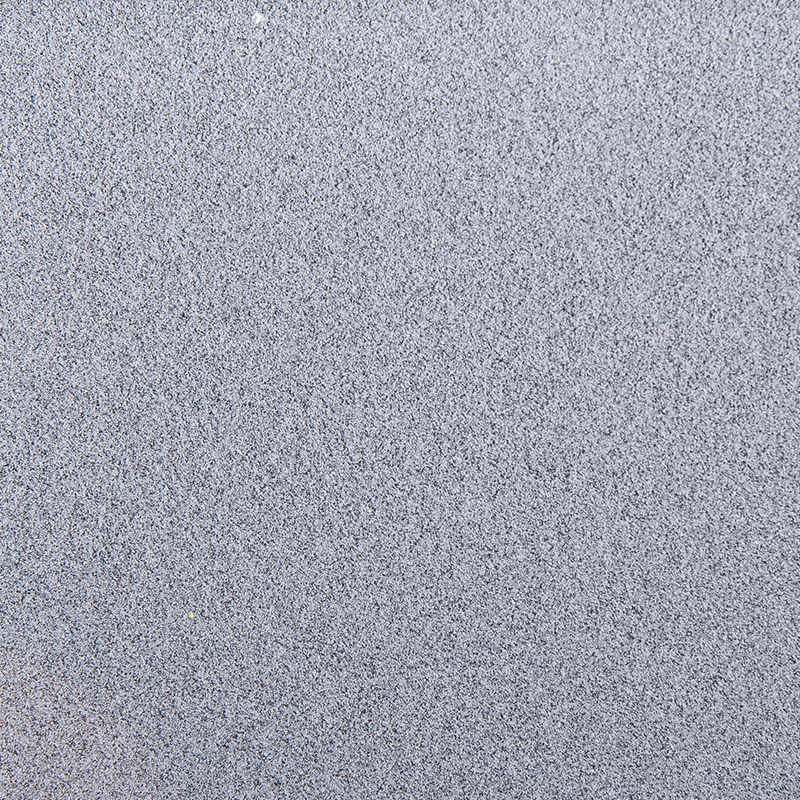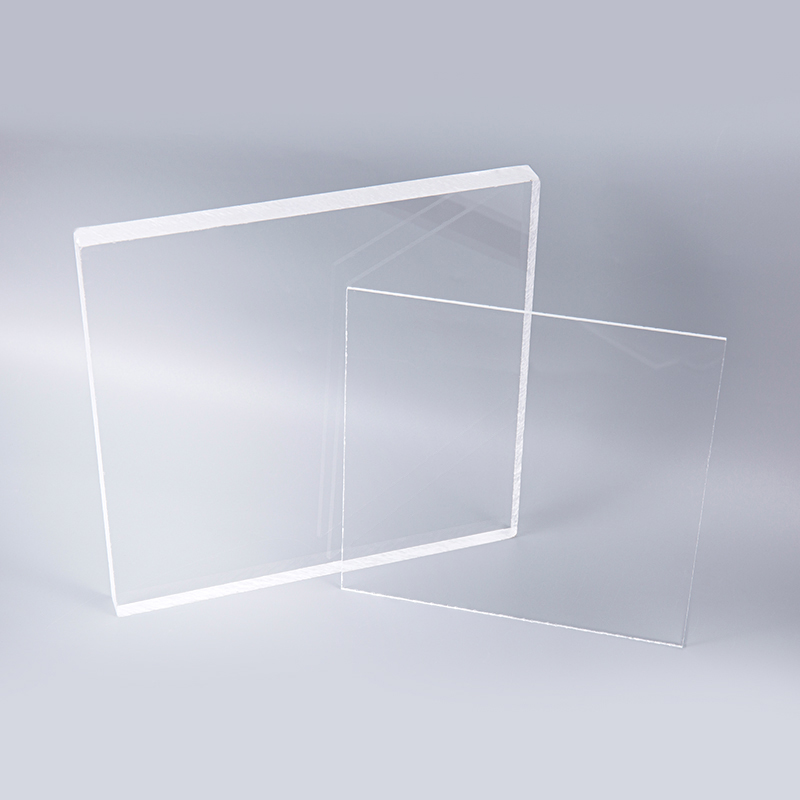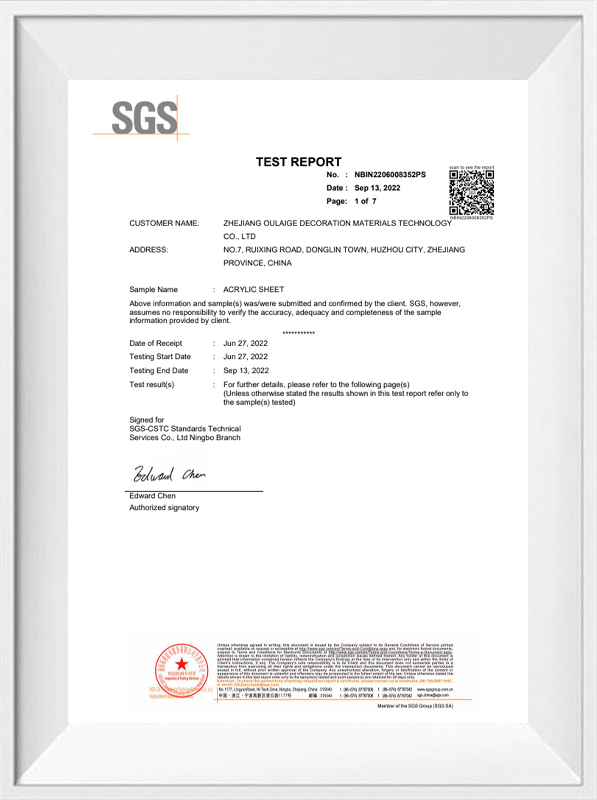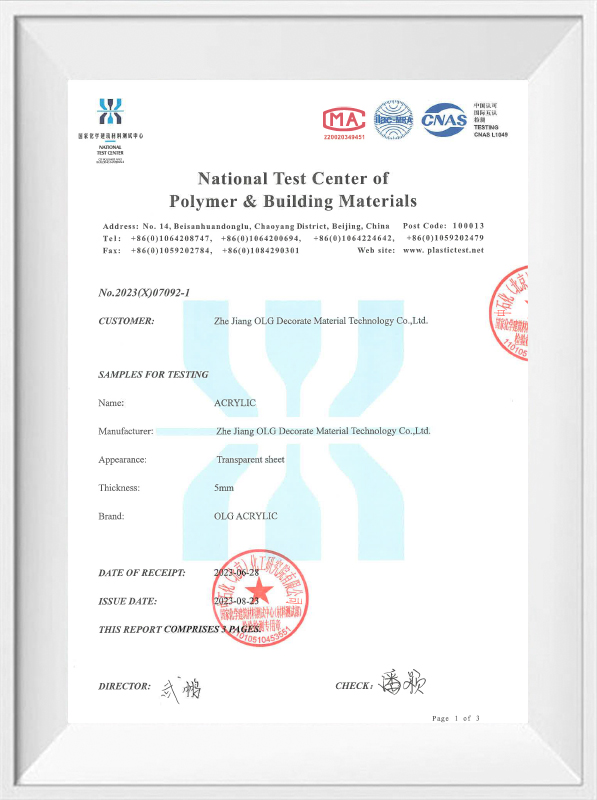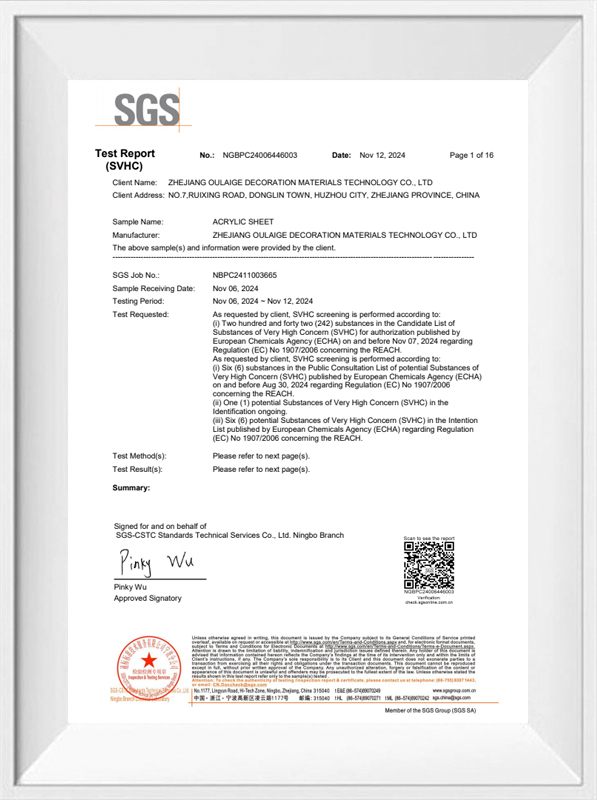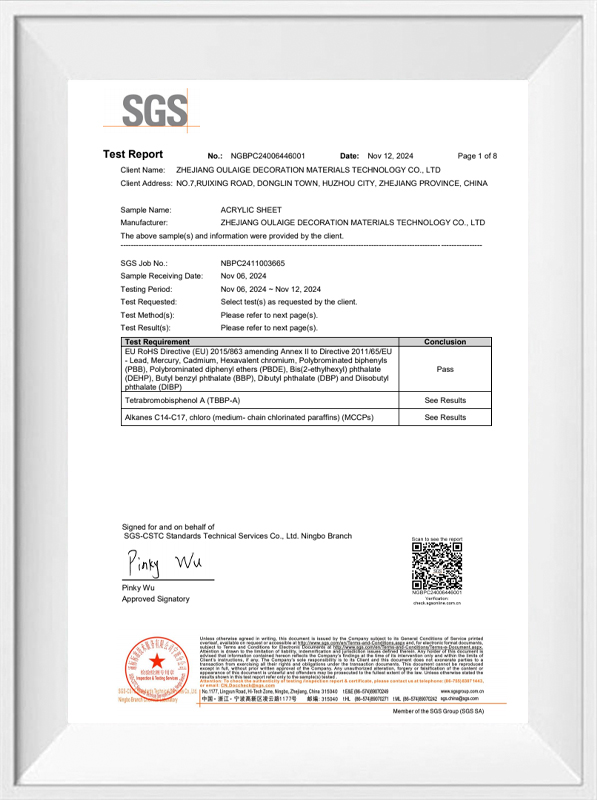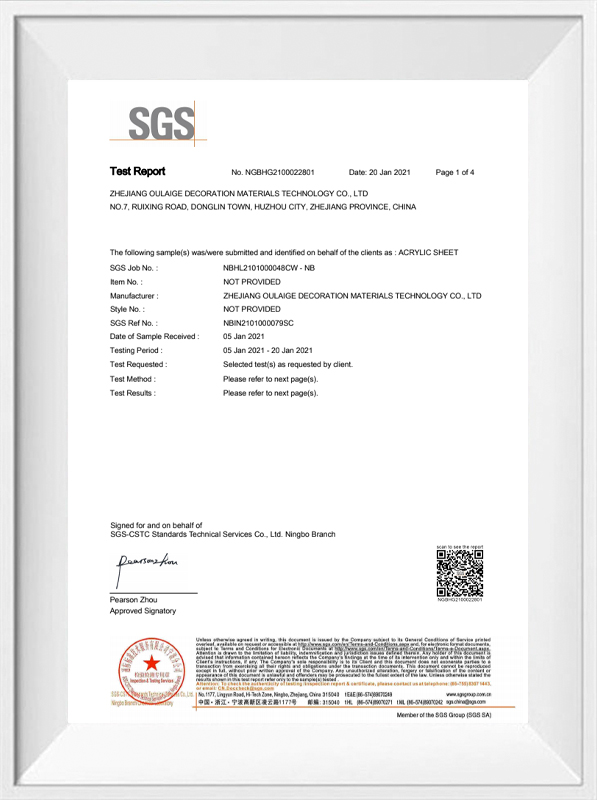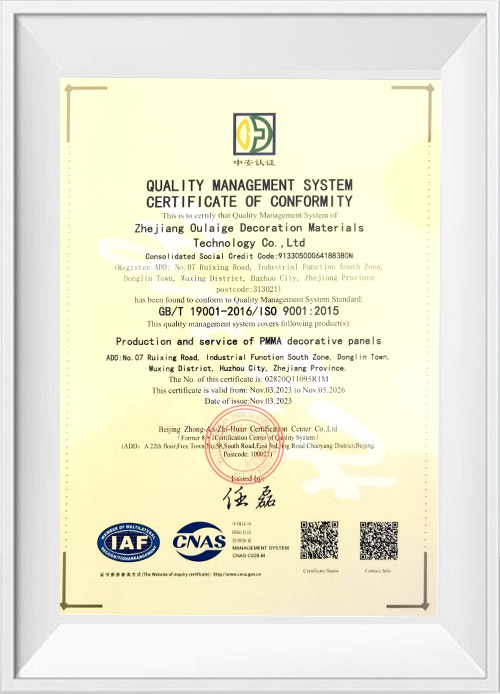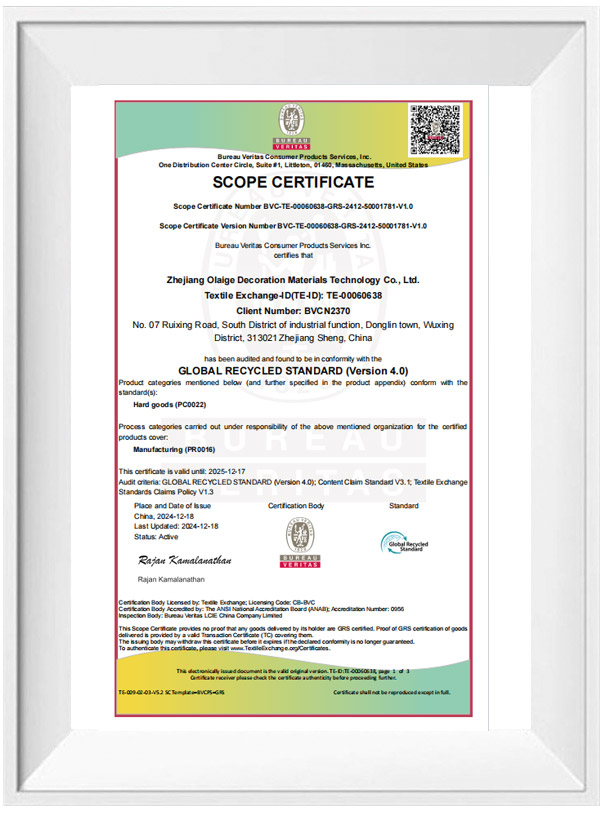Application of Cast Acrylic Sheet in High-end Signage Industry: Analysis of Light Transmittance, Processability and Durability
In the high-end signage industry (such as luxury goods display, commercial light boxes, indoor and outdoor billboards, etc.), cast acrylic sheet (Cast Acrylic Sheet) has become the preferred material due to its excellent optical properties, easy processability and long-term durability. As China's leading acrylic sheet manufacturer, Hangzhou Oleg International Trade Co., Ltd., with 10 years of professional production experience, provides high-quality OLEG cast acrylic sheets for the global high-end signage industry to meet stringent industry needs.
1. Excellent light transmittance: enhance the visual impact of the brand
92%+ high light transmittance: OLEG cast acrylic sheet is produced using precision technology to ensure uniform light scattering and avoid atomization or deformation. It is particularly suitable for scenes with extremely high optical performance requirements such as high-end light boxes and luxury display cabinets.
UV anti-aging treatment: Through special coating technology, yellowing caused by long-term outdoor use is reduced to maintain transparency and brightness for many years.
It complies with the GB/T7134-2008 standard for superior products, and its quality exceeds the industry benchmark, ensuring that the logo remains clear and bright for a long time.
Company advantages:
The production base of OLEG acrylic sheet in Huzhou, Zhejiang is equipped with 6 fully automatic production lines with an annual production capacity of 35,000 tons, ensuring the stable supply of large-volume orders. At the same time, through precise system integration control, the optical performance of each batch of products is guaranteed to be consistent.
2. Excellent processability: meeting complex design requirements
High-end logos often involve processes such as laser cutting, CNC engraving, and hot bending, while cast acrylic sheets are not easy to crack or deform during processing due to their low internal stress characteristics.
Precise cutting with smooth edges: suitable for making special-shaped LOGOs, three-dimensional characters and other fine designs.
Stable hot bending performance: creative structures such as curved display cabinets and curved light boxes can be easily realized.
Flexible surface treatment: supports secondary processing such as polishing, frosting, and coating, suitable for different brand styles.
Company advantages:
OLEG has a professional team of 370+ people, and controls the entire process from raw material polymerization to finished product delivery to ensure uniform stress in the sheet, provide high-yield and low-loss solutions for sign processors, and help customers reduce production costs.
3. Super durability: ensure long-term outdoor use
High-end signs need to withstand environmental tests such as sunlight, temperature difference, and rain. OLEG cast acrylic sheets extend their service life through the following characteristics:
Strong impact resistance: The drop resistance is more than 10 times that of glass, reducing the risk of damage during transportation and installation.
Excellent weather resistance: No deformation under -40℃~80℃ environment, suitable for different climate regions around the world.
Scratch and wear resistance: The surface hardness reaches H level, and it remains beautiful after long-term use.
Company advantages:
As the largest acrylic production base in East China (covering an area of 50,000㎡), OLEG ensures that its products are reliable in outdoor signs, building curtain walls and other scenes through strict raw material screening and process optimization, and has provided long-term cooperation cases for customers in many countries.








